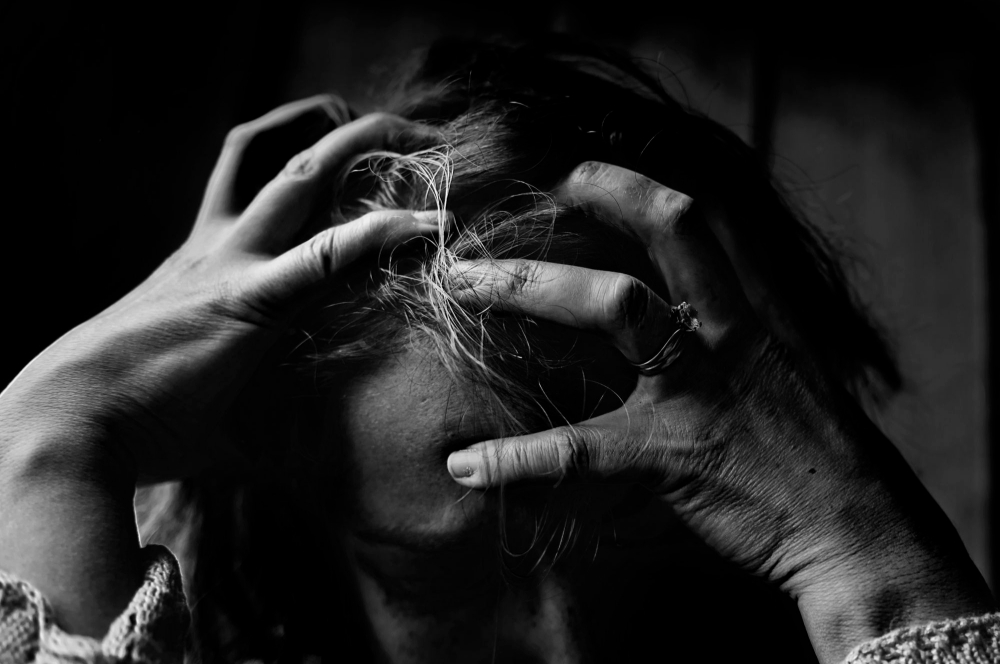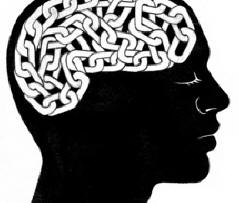Painful And Complicated

As horrible as it is to say, a large percentage of human trafficking victims are children. The Polaris Project is a large non-government organization that fights against human trafficking. A horrifying statistic can be found on the official Polaris Project website: “25 percent of human trafficking victims are children” (“The Facts”). The next question one might ask is, just how many people are slaves to human trafficking today? According to the Polaris Project website; 40.3 million (“The Facts”). This number is huge; the population of California, the most populous state in the US, is 39 million. The number of people enslaved to human trafficking and traffickers exceeds the entire population of California, and one fourth of those slaves are children. These children are put into forced labor and forced sex work. Their freedoms and futures are stripped away and smashed into millions of pieces. The psychological damage human trafficking inflicts upon victims has an even larger impact on children. Human trafficking does tremendous damage to victims (mentally and physically), and their situations are much more complicated than most people comprehend.
The effects human trafficking has on victims are varied, and depends on the specific situation the victim was involved in. Many traffickers are physically violent, and their victims live in fear of being harmed and physically abused by their slave masters. Human trafficking victims are subject to many different shades of mental damage, including anxiety, trauma, insecurity, and long-lasting fear (“Impact of Human Trafficking”). With this being said, it should not be surprising that high levels of PTSD are reported among human trafficking victims (“Impact of Human Trafficking”). The worst case scenario for victims? Human trafficking can, and has, lead to suicide for many victims.

With all of this being said, children are more susceptible to long-lasting mental and physical damage if harmed in their childhood because their bodies and brains are still developing. This means that the damage human trafficking inflicts upon adult victims is even more severe and traumatic for children. Once again, one in four human trafficking victims are children (“The Facts”). This sobering statistic shines a light on how horrible human trafficking really is, and the extent and significance of its impact on victims. A large number of human trafficking victims are sex slaves; 4.5 million in 2012 alone (“What Are the Statistics…”). In 2012, nearly half of these sexually exploited victims were children (“What Are the Statistics…”). The numbers have grown substantially since then, and the number of sexually exploited child victims has more than likely doubled. Victims of the sex trafficking industry have several additional damages and problems they are forced to deal with, and one of the worst (and most unjust) is ostracization. Sex trafficking victims are often looked down upon and treated less-than by family members and friends (“What Are the Statistics…”). This is really terrible and unjust because true victims don’t have a choice; they are psychologically (and sometimes physically) manipulated by their trafficker to do things they would never do under normal, healthy circumstances.
Fatima and Magdalena

To illustrate the complexity of a being a human trafficking victim, I am going to give some real life examples of children who were trafficked. One human trafficking victim’s story can be used to represent many victims, even though every story is different. I would like to tell the story of a girl identified as Fatima. Fatima was urged by her aunt and uncle to go to the United States with them, and promised that they would “send her to school in exchange for taking care of their infant son” (Gozdziak 12). Fatima’s mother and father stayed with her in the United States for several months after she accepted her uncle’s offer. Eventually they left, and Fatima’s aunt and uncle began to abuse her. Fatima was tricked into forced labor, and her uncle threatened “to report [her] to the authorities” if she did not do his wishes the way he demanded (Gozdziak 12). Another real life instance of human trafficking I would like to use as an example is the story of a girl simply known as Magdalena. Magdalena found a job when she was only thirteen at a local restaurant in Mexico, as many of the other young teenage girls in her town did (Gozdziak 15). A few months later she met Jorge. Jorge was in his twenties, and convinced Magdalena that he wanted to marry her. “Magdalena liked him and believed he would marry her” (Gozdziak 15). Jorge eventually persuaded Magdalena to move to the United States and work with his sisters. Magdalena obliged, not knowing that Jorge’s sisters operated a brothel. Even while Magdalena began to be sexually abused, Jorge continued to call her and convince her that he would visit her soon.
Both of these stories show the complexities of human trafficking victims and the varied, surprising possible identities of traffickers. Magdalena was deceived and tricked into trafficking by a man she thought she loved, and Fatima was abused by her own relatives. In both of these real-life cases, the victims seem capable of escape. They are not bound by physical chains, so why don’t they just run away as soon as they can? Magdalena and Fatima were tricked and coerced by words; words of supposed love and words of fear. As their stories show us, human trafficking victims are bound by something much more complicated than physical restraints. They are emotionally manipulated and driven by fear. In the United States, slaves are all around us; we just can’t see their chains.

Works Cited:
Goździak Elżbieta M. Trafficked Children and Youth in the United States: Reimagining Survivors. Rutgers University Press, 2016.
“Impact of Human Trafficking.” Human Trafficking Search, 2019, humantraffickingsearch.org/impact/.
“The Facts.” Polaris, 9 Nov. 2018, polarisproject.org/human-trafficking/facts
“What Are the Statistics on Human Trafficking of Children?” Ark of Hope for Children, 2012, arkofhopeforchildren.org/child-trafficking/child-trafficking-statistics.
It is very sad to know that human trafficking still exist. Feels like something of the past and that no one in their right minds would do. I really liked how you explained that they could have left their terrible situation but didn’t because of emotional manipulation and fear. Shedding light on the stories of the victims was a very good idea. I felt like I was able to understand the victims more by reading what they went through. Overall a very well made post. In your opinion what is the best way we as a society should go about this problem?
LikeLike
There are a few things we can do, but I think the most important thing we could do right now is spread awareness of human trafficking. Right now, the Government is doing very little to curb the human trafficking epidemic. People in power need to know that human trafficking is a huge problem, and that things need to change.
LikeLike